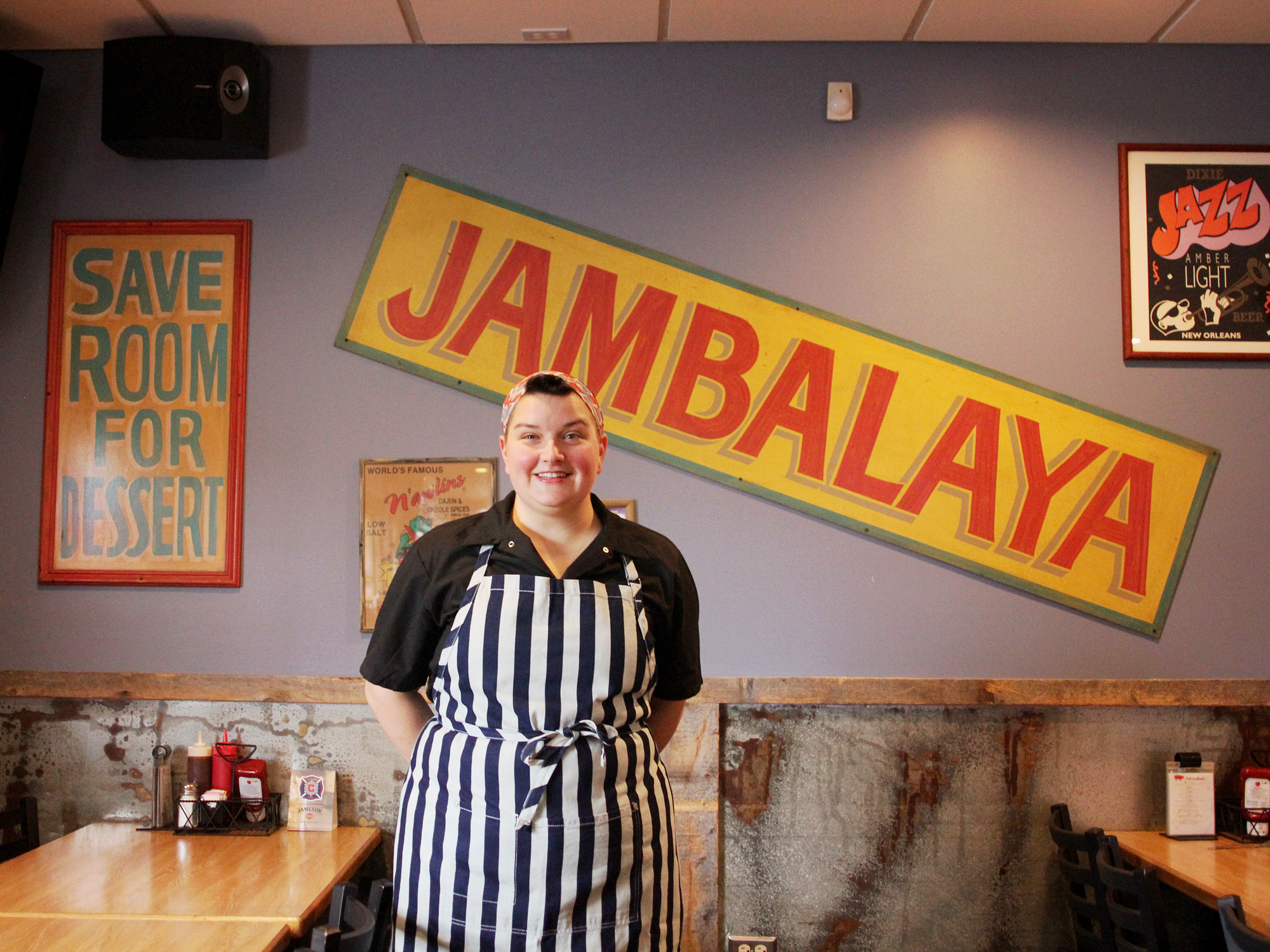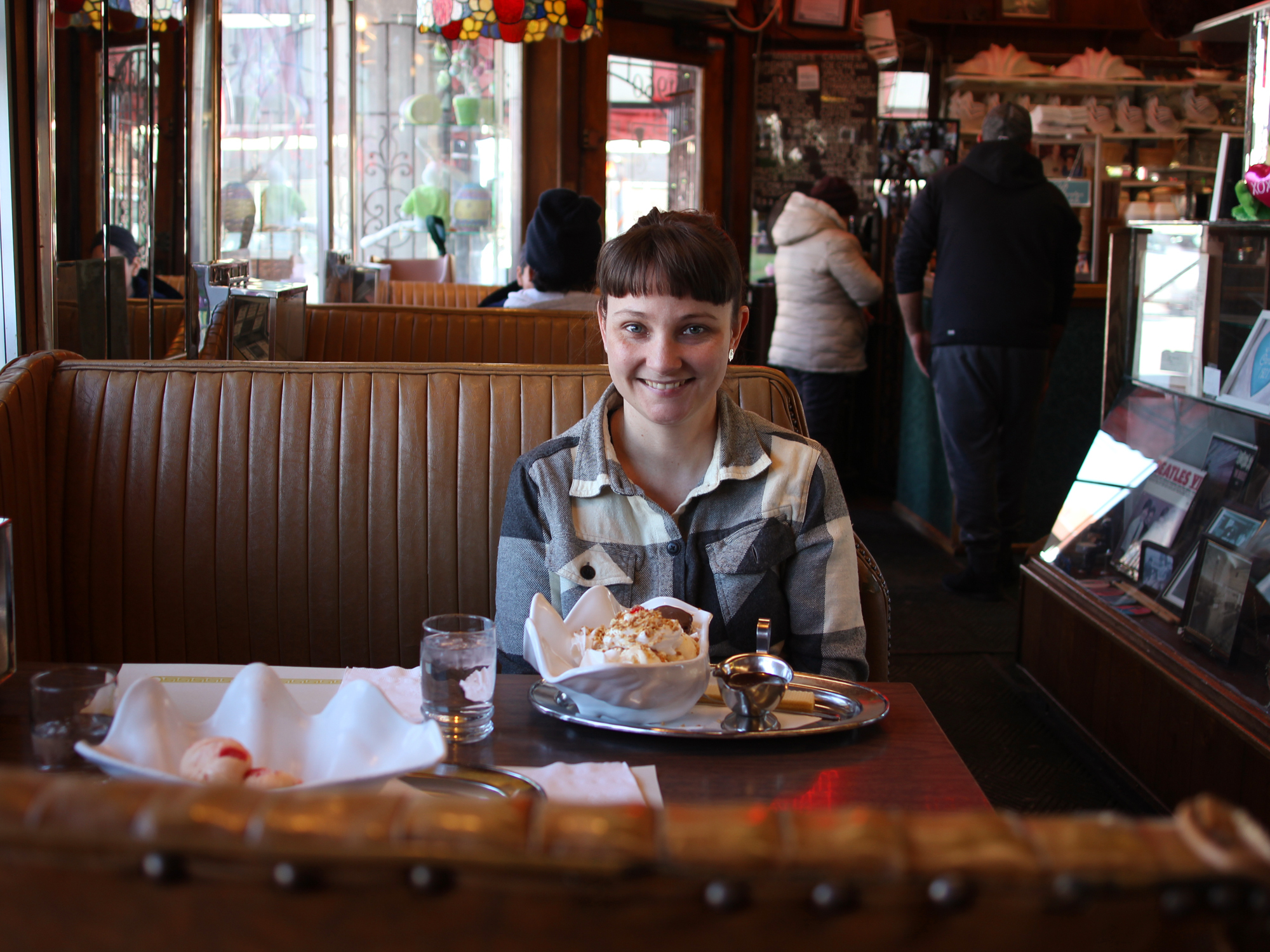BRONWEN PERCIVAL GREW UP AROUND a California dairy farm, witnessing the struggle of her uncle farmer as he kept rejiggering his farm to keep up with the demands of an ever more industrialized dairy system. Though she went to Oxford to study anthropology, that early interest would eventually pay off as she became the buyer for Neil’s Yard Dairy, the leading artisan cheesemonger in London, and a champion of traditionally made cheeses with real cheese flavor.
Francis Percival is an English wine writer, but his observations of that world showed him that, for all that wine has industrialized too, in some places—especially France—it has maintained (and sometimes resurrected) traditional winemaking ways that have prized flavor and the unique characters of places, what wine people call terroir.
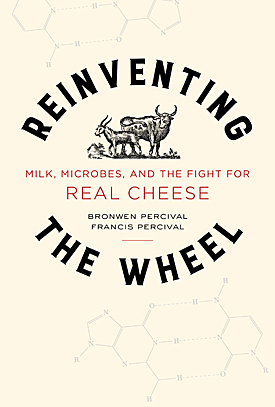
The book
This pair of backgrounds—they met at the Oxford Symposium on Food & Cookery—informs their new book, Reinventing the Wheel: Milk, Microbes, and the Fight For Real Cheese, which argues passionately for a cheese system built on natural processes and most of all, the natural microbial communities which turn milk into a particular cheese. They argue that modern dedication to hyper-sterile sanitation not only isn’t safer than a well-balanced microbial environment in which the right bugs keep the wrong bugs in check, but that it has taken the distinctive flavor and character of different places out of cheese, reducing cheese to a commodity and farmers to inputs in a massive food system. Make cheese the old ways, and you get better cheese, and better lives for the people who make it.
The Percivals were in Chicago recently for events at places like Eataly and Local Foods, as well as to meet with midwestern cheesemakers. I met with them at Floriole Cafe to talk about their book.
FOODITOR: So basically what I take from your book is, in our modern industrial food system we’ve divided the world into dirty and clean. And it’s not that you’re saying “dirty” is better, but in something like cheesemaking, a fully thriving natural environment is healthier, more robust, than an artificial “clean” in which the only microbes come from a lab.
FRANCIS PERCIVAL: The book inverts the normal story you tell, which is the role of these white-coated scientists in the food industry. They come along, they find a traditional food, and they destroy it in the name of progress.
BRONWEN PERCIVAL: And what they’re starting to do is the opposite, which is that scientists are going to the food producers and saying, actually, what your great-grandparents did was really really smart—and much more sophisticated microbe management, even though they had no idea what they were doing. These techniques evolved over time, to do things on a different level than 20th century science was capable of understanding. And in the process of trying to make it better and more efficient, we’ve actually thrown a lot of these balances out of whack.
FRANCIS: It’s really interesting seeing the trajectory. Particularly as an aspect of gender history as well. The classic British regional cheeses were made by women. And if you were a smart woman, of a yeoman farmer class in the 19th century, this was a tremendous creative outlet. And the syllabus of a cheese school circa 1890, when you compare it to microbiology in 1890, it was pretty cutting-edge. It was informed by the reductive science of the era, but it was a very clever way of using what they had to arrive at solutions.
It’s like their method for measuring acidity in the vat—how far that fermentation has gone, before you add your rennet and start the cheesemaking. They didn’t have a pH meter—
BRONWEN: They didn’t have any of our modern measuring devices, but what they did have was what they called the rennet test. Rennet is supersensitive to minute changes in acidity. They eventually developed cups that had a little hole in the bottom, and graduations along the side. You fill the cup up with milk to a line, and then stir in a large amount of rennet. And then you’d release the hole, and how far it drained by the time the rennet had set told you how much acidity there was.
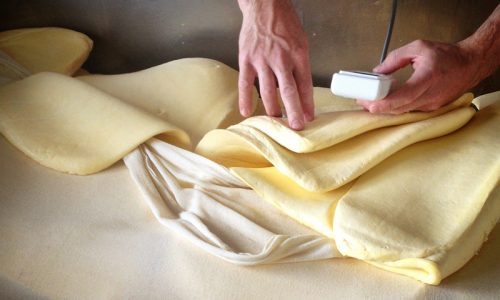
It’s simple, absolutely cheap, and way more accurate than a pH meter, or anything anyone is using today. It’s tragic, really, that that kind of expertise and knowhow was completely pushed to the side by the forces of scientific progress.
So how did that happen? Why couldn’t the traditional ways compete?
FRANCIS: The most pernicious thing that was responsible for a lot of these changes was the eight-hour shift. When you moved to factory production, and employing people to come and make something for you, with these styles of cheese which have a very long, drawn-out make—they work on the farmhouse level because you’re working at your house, and you might start at six in the morning and finish at 10 at night, but it doesn’t demand all of your attention. You can look after your kids, you can make supper—there was a lot of newspaper reading, tea drinking, cake eating.
The last generation of female cheesemakers with that continuity of tradition, people like Ruth Kirkham—she says how wonderful it was. It was an opportunity to see her kids grow up—
BRONWEN: She was picking them up from school, she was taking care of them, and she was making cheese at the same time. And those two things didn’t interfere with one another—they sort of just laced together.
But when you hire people for eight hours, you have to keep them busy the whole time, so everything got sped up.
FRANCIS: And the easiest way to speed things up is to hyper-dose things, because microbes are cheaper than people.
BRONWEN: It’s funny when you think of it in the context of beer brewing or winemaking, how fast the cheese acidification process is. If you’re adding a lot of starter, you can see it through in three or four hours. So you can, theoretically, put it into an eight-hour shift—you just pay the price in terms of the flavor of what you get out.
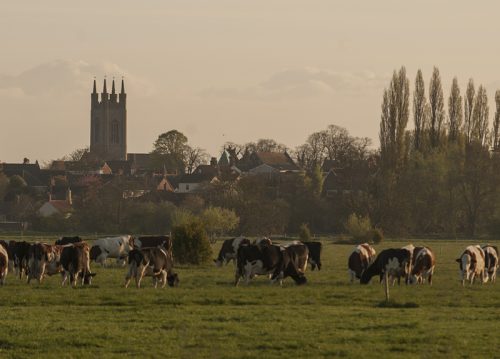
In the U.K., we’ve just started seeing more and more milking robots. Fantastic technology—you get a couple of these milking robots, they do one cow at a time, a little stall, the cow walks in, it cleans the udder, it attaches each teat-cup, and cows will milk themselves three or four times a day. You don’t have to hire a herdsman, because you just sit in your office and watch the data come in.
But we’ve seen a lot of evidence, when we sour the milk from those systems, those aren’t nice microbes that are living in that milk. Something about the fact that it’s refrigerated immediately, and can sit in the lines or the refrigerated tanks much longer than if you’re working with a system where you milk all your cows and that milk is coming in warm. That act of chilling your milk, you’re creating a selective environment where you’re shutting down all your lactic acid bacteria and the ones that you want to help with your cheesemaking, and you’re allowing your psychotropic cold-loving bacteria to become the dominant species. They’re spoilage bacteria, some of them are pathogens.
Refrigerating milk keeps it sweet, which is fine if you want to put it in a latte, but you’re effectively making that milk worse for cheesemaking. These robots, they’re great for making cheap commodity milk, but I have yet to see one where it improved cheesemaking, versus the traditional method using a herdsman.
Over the next 10 to 20 years, I bet we’ll see smaller farms who are just producing liquid milk go out of business, and there will be a consolidation of production of liquid milk, which can be done cheaply on these big systems. And then on the other side, hopefully, we see a conversation and a demand developing for really interesting cheeses, and you can have a completely different farming system that’s all geared toward the production of really excellent, unique, original milk that can make great cheese.
So terroir for cheese. Let’s talk about the difference between cheese and the wine world. It’s not that winemaking hasn’t been industrialized in many ways, but wine has been very successful at selling place, tradition… all these things that allow hundreds or thousands of regional brands to survive and not become commoditized. And cheese hasn’t.
FRANCIS: Absolutely, that’s the mission of the book and the frustrated conversation that started on our first date 12 years ago, and then reached its head working the Burgundian vintage—
BRONWEN: It’s easy to see that wine got it and cheese hasn’t, but if you look back far enough, the wine industry hasn’t been having this conversation since time immemorial.
FRANCIS: Wine is inherently a luxury product, because it is expensive to grow grapes, and pick them, and make them into wine. It’s always been associated with being an expensive thing. Interestingly, our research on cheese prices suggests that before the Haber-Bosch method, and the cost of animal protein drastically plummeted, cheese was a significantly expensive product.
BRONWEN: Cheese was really, really expensive. The equivalent of, say, 75 to 100 pounds wholesale for your basic cheese in 1870. That doesn’t mean it was only eaten by rich people—not at all. People were spending much more of their money on food back then. So I think wine is different in that respect—
FRANCIS: It’s always been a discretionary expense, and consumed much more rustically as your local thing you would have with a meal. Wine managed to achieve that veneer, the narrow tranche of wines that meet Hugh Johnson’s definition of fine wine—wines that are worth talking about. That’s a useful concept that we could apply to cheese.
I think wine, because it’s a plant that’s then immediately processed instead of a plant that’s then eaten by an animal [whose product is] then processed, people are a little more viscerally aware of what those flavors are, of the processing aspect—
BRONWEN: Of the cheese.
FRANCIS: Well, no, of the wine, of the taste of oak—
BRONWEN: On the other side, I remember when I was driving around with the owner of Neal’s Yard Dairy when I was just starting, and he said, that’s all fine with wine, because with wine you can taste the farming, but with cheese—
FRANCIS: I’m saying that with cheese you can taste the farming better. But it’s much easier intellectually when there isn’t the extra, mysterious part… cheese’s great problem is that it never developed a public sphere. There hasn’t been that self-conscious exercise in building a public conversation to know those things.
BRONWEN: You develop that demand and producers will start working to fulfill that demand.
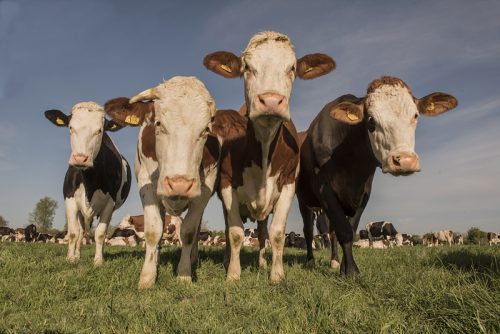
FRANCIS: I would say, Burgundy in particular provides an instance of how, 40 years ago, you might be the owner of a great domain, and you couldn’t support a family on it. And you might have to go work in an office in the city. And now, Clos de Tart just sold for 250 million euros.
BRONWEN: And the fact that it could change so rapidly, and now that same estate is supporting many families, gives us hope that maybe it’s not impossible to change the dialogue surrounding cheese. I don’t think cheese is ever going to sell for the amount of money that great wines do, because you can’t trade it—it doesn’t last that long.
But it absolutely is as capable of giving us the taste of a very special farming system as any of those wines are. And that, I think, is worth paying a lot more for when it’s done well. Cheese would do well to look to wine for a sort of template for starting that conversation—particularly with consumers. Because it’s only when the people who are consuming a product start to think about those more granular questions that you can reward quality.
FRANCIS: If cheese was in that role where you get the lawyer, the physician, the banker sitting down and really talking about why they like this cheese and don’t like that cheese—
BRONWEN: And about the farming. About the biodiversity of this farm versus that farm, about what’s their method for managing the acidification of this cheese or that—
FRANCIS: I have a vision of a wide boy London city banker saying, “Oi nevah touch valley floor gruyere, naah.”
BRONWEN: And then we will have won.
A big problem in America is that cheese is so heavily regulated, in ways that make traditional cheesemaking methods impossible. I wrote about the issue Andy Hatch of Uplands in Wisconsin had a few years ago, where he couldn’t figure out whether the way he made Rush Creek Reserve, one of the most acclaimed cheeses in America, was going to continue to be legal or not.
BRONWEN: It’s bad regulation. One of the chapters in our book is about risk, and we knew when we set out writing it that it was one of the key things we had to talk about. It’s make or break for them.
FRANCIS: If you talk to a really serious cheesemaker—and we stayed with Andy two nights ago—they will say that regulation is the biggest existential threat to their business.
It means you have an adult conversation about what the bounds of acceptable risk are. Because if you want everything to be sterile, then you have a very different food system—we’re all eating MRE’s or Soylent or whatever.
BRONWEN: The Kehlers in Vermont [Jasper Hill] feel the same way. That actually they have good systems for cheese production that they can rely on a lot; the variable that’s the wild card, that has the capacity to undermine the fate of their business, is bad regulation.
When you talk to people about cheese the question of safety always comes up. But I think when you take it apart and look at all the pieces and put it back together again, you see how safe cheese is. And how a lot of the approach of regulators, particularly in the U.S., which is to come and do an inspection and look for evidence of filth like it’s a meatpacking plant, doesn’t apply to cheese. What you need to be looking at is the process, and managing the process, and looking at the risks. And then putting monitoring in place, and then encouraging people to do lots of testing, so that if there is a problem, they have every interest in finding out about it.
I think particularly in the U.S., there’s been a lot of discussion of how, if a producer is doing their own testing, on products that aren’t even released for sale, and they find something they don’t want to see there, they’ve already broken the law. If you set up a situation where you’re actively dissuading people from testing their own products, you’re making cheese more risky as a regulator.
Are we ever going to be allowed to eat fresh milk cheeses ripened in under 60 days in America, like camembert in France?
FRANCIS: People are re-evaluating the 60 day rule—even the FDA appreciates that this rule, based on a challenge test in cheddar with E.coli in the Truman era, when soft cheese caused Communism [laughs], how that isn’t particularly sensible regulation—it’s actively making soft cheeses less safe.
BRONWEN: If you want to make a soft cheese, you’ll eat it sooner rather than later. It’s a great petri dish for growing things [if you keep it for 60 days].
FRANCIS: If you were going to make a great growth medium for listeria, it would look like a ripe pasteurized milk camembert.
HAACP, or preventative controls as the FDA likes to call it now, is actually a brilliant system. It’s a U.S. system, it’s designed by NASA! It means you have an adult conversation about what the bounds of acceptable risk are, because if you want everything to be sterile, then you have a very different food system—we’re all eating MRE’s or Soylent or whatever.
Drawing the line on what an acceptable risk is, is something that governments are really really bad at doing, because all regulation happens in a moral panic. It becomes a judgement of how culturally normative an activity is.
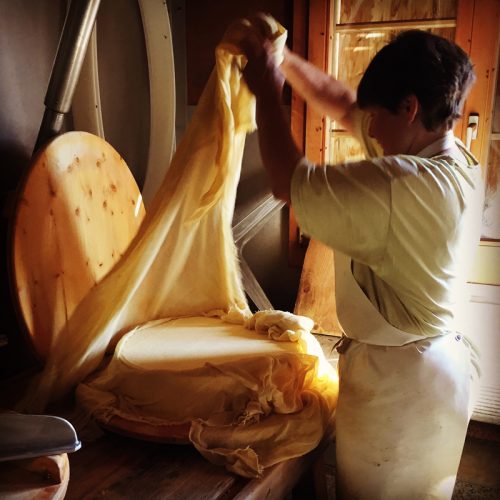
BRONWEN: Our great example in the book is comparing the risk of eating raw milk cheese, according to the CDC’s own data, which they say this is an unacceptable risk. Look how risky it is next to pasteurized milk cheese, it’s caused 150 times more outbreaks. And people say, wow, that sounds really scary, we should ban all raw milk cheese.
But then you look at the risk of eating raw milk cheese versus something like driving, which we do every day. And okay, it might be 150 times more risky than pasteurized milk cheese, but it’s also 6000 times safer than driving. Whether or not we’re prepared to accept those risks has a lot more to do with what we consider appropriate, and normative, and what we consider weird and countercultural.
FRANCIS: Part of my frustration with things like the Old Ways Cheese Coalition is that they haven’t commissioned the Nobel Prize-winning economist to do the study on the extra value, the money generated when you make cheeses with raw milk. We’ve got some back of the envelope calculations in the book and you see that pasteurization is removing value from the milk. There’s a risk to pasteurization because you’re removing value, you’re decreasing tax revenues, all of these things.
BRONWEN: In the government’s calculation, they say that there’s no real impediment to pasteurization, it’s just buying a pasteurizer. But what they’re not taking into account is that that’s lowering the profit that this farm is going to be able to make. The added value that they get from the flavors you can only get from working in this particular way, that you can’t get from doing the same process industrially.
FRANCIS: It’s one of the interesting tensions in the food movement. A lot of our friends in the U.K. and the U.S. are locavores, they’re very much into local is best, local, local, local. But cheese is a time machine for milk—
BRONWEN: Call it a spaceship.
FRANCIS: A spaceship, a TARDIS for milk. It allows it to travel through time and space. And it’s the original neoliberal food. Those hard cheeses, that we know the names of and we’ve known the names of for centuries, gruyere, parmesan, things like that, those are cheeses designed to let you take your agricultural production from the top of the mountain, and find the high-value market that’s distant, where it can be traded for.
So our mantra for cheesemaking is, process local, and eat global.
Michael Gebert is editor at Fooditor, and was very happy to have Pleasant Ridge to nibble on while transcribing all this talk about cheese.
Thanks to Richard Shepro
Latest
Join the Discussion
After you comment, click Post. If you're not already logged in you will be asked to log in or register with Disqus.





